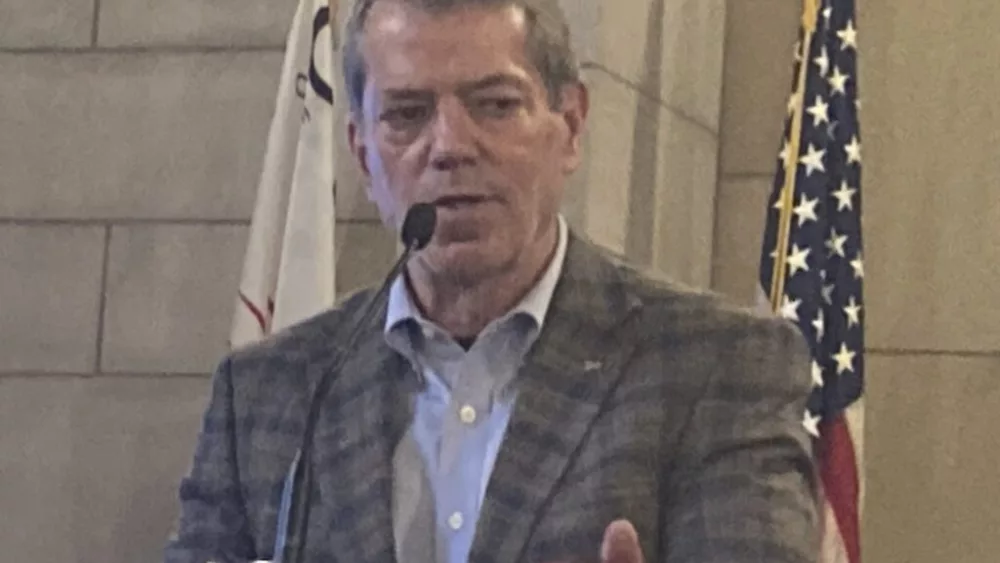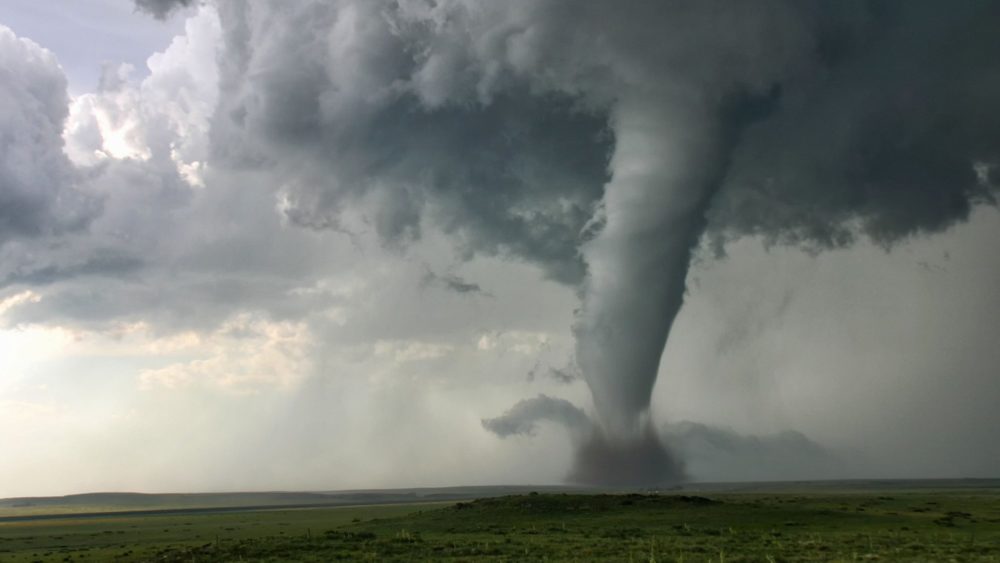LINCOLN – As the corn growing season winds down, Nebraska farmers are anxious to begin harvest. Every year as autumn begins, the Nebraska Corn Board and the Nebraska Corn Growers Association reminds farmers and rural residents to “take a second for safety,” in order to prevent accidents and ensure a successful harvest.
This year, safety precautions are especially important, as the world continues to deal with the coronavirus pandemic.
“As someone who contracted COVID-19 earlier this summer, I can adamantly say this is a virus you want to avoid, and it’s definitely not something you want to get during harvest,” said David Bruntz, chairman of the Nebraska Corn Board and farmer from Friend. “Oftentimes, as farmers, we think our occupations are prime for social distancing. While that may be true, this virus spreads easily, so we need to take precautions, such as keeping our distance from others, wearing masks in public places and washing our hands and using hand sanitizers often.”
Nebraska Corn recommends farmers develop a farm readiness plan in case of emergency. No one can learn the nuances of a farmer’s operation overnight, but having a plan in place will reduce stress in the event of an accident or illness. Once farmers develop their plans, they should place them somewhere where they can easily be found and additional copies can be given to trusted neighbors or friends.
Farm Readiness Checklist
Protect Yourself
- Always “take a second for safety.” An extra second could save your life.
- Wear proper PPE.
- Drink plenty of water and get enough rest.
- Make it a point to check in with family and loved ones regularly, especially when fall
gets hectic. - Take time for yourself, even if it’s just a quick walk around the farm.
- Monitor yourself for signs of stress. If you notice something odd, say something.
- Follow all safety guidelines for equipment.
General Farm Information to Include in Plan
- Hired help contact information and primary job responsibilities
- Typical machinery dealership and/or repair services used
- Crop advisor and/or farm manager name and phone number
- Crop insurance agent name and phone number
- Ag lender name and phone number
- Locations of equipment needed for harvest
Field Plans
- Field names and locations
- Highlight in a plat book, if possible
- Note where the field entrance is and what side is best to start working from
- Location of hybrids that may be sooner to dry down for harvest
- Do you have tile inlets or irrigation equipment that needs to be moved?
- Are there any potential hazards for harvest (deep gullies or pivot stops)?
- What still needs to be done? Do you have pivots that need to be checked
Stored Crop Plans
- What is your intended location for storage or delivery for each field’s crop?
- Are there any bins that need to be cleaned out? Where do you deliver to?
- Are all bins functioning clearly?
- Which bins may need to be watched more closely than others?
- Do you have any upcoming delivery contacts? List specific contract information.
- Does anyone help market your crops? If so, list their contact information.
Livestock Plans
- Do you still have cows to calve? If so, list calving routine and processing procedures.
- Which pastures do you typically graze?
- Describe in detail your grazing rotational plan. Try to update frequently with where your
cows are at the current time. - Will your stocks be grazed on after harvest? If so, list contact information of the grower.
- Are there water needs? Hay storage? Mineral and protein tubs?
- Do you have feed brought in? Who is your supplier, are the deliveries automatic?
- What are your rations?
- List contact information for your vet.
- Hog barn routine? Clean out procedures?
- Are you a contract grower? If so, list their contact information.
- Where do you get your feed? Is it an automatic delivery?
- Is there anyone you have come help for things like loadout? If so, list their contact
information.
“The harvest season is a busy time and there are a lot of moving parts,” said Dan Nerud, president of the Nebraska Corn Growers Association and farmer from Dorchester. “While farmers are excited to get in the fields and harvest their crops, we need to remember that agriculture is one of the most dangerous occupations. By being prepared and taking a few extra seconds for safety, we can ensure a safe and successful harvest.”
In addition to its farm readiness checklist, Nebraska Corn also has a series of harvest safety tips that can be found online by clicking here.
The Nebraska Corn Board is funded through a producer checkoff investment of ½-cent-per bushel checkoff on all corn marketed in the state and is managed by nine farmer directors. The mission of the Nebraska Corn Board is to promote the value of corn by creating opportunities
The Nebraska Corn Growers Association (NeCGA) is a grassroots commodity organization that works to enhance the profitability of corn producers. NeCGA has more than 2,400 dues-paying members in Nebraska. NeCGA is affiliated with the National Corn Growers Association, which has more than 40,000 dues-paying members nationwide.








